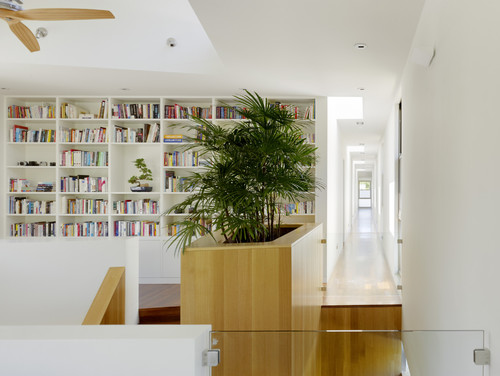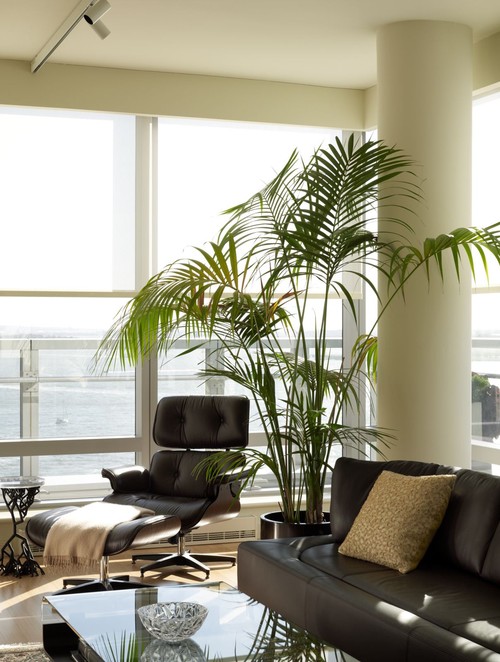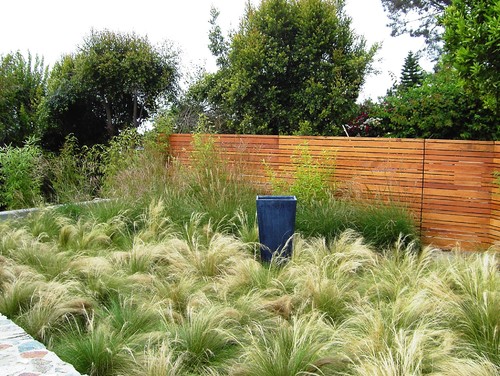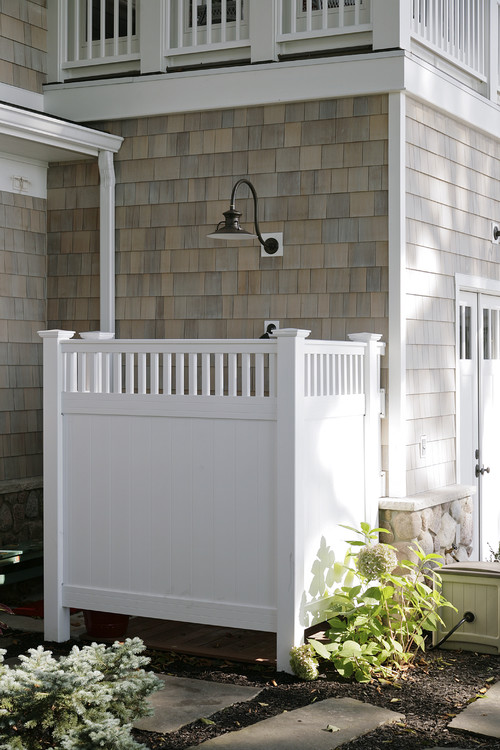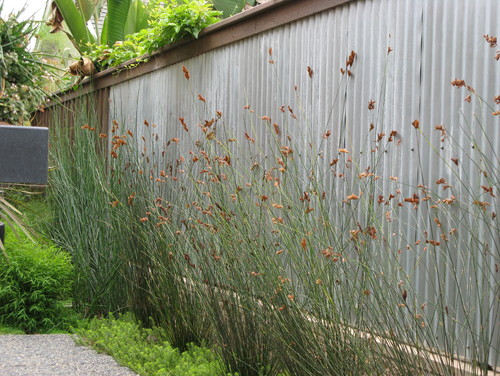
Have you ever noticed when you walk into a greenhouse suddenly you can breath easy and life doesn't seem so difficult? There's a reason for that.
Most people know that many plants are good for producing oxygen and generally improve the look and feel of their living spaces, but according to NASA indoor plants can greatly improve your homes indoor air quality and help with some health ailments.
So before you book yourself in for a doctor’s appointment when you get the sniffles maybe you should
consider picking up a plant.
Improve air quality: Houseplants remove elements found in many building
materials such as trichloroethylene, benzene, and formaldehyde. Formaldehyde
can be found in materials such as particleboard and foam insulation. While
Benzene is found in many cleaning chemicals, oils and paints and
Trichloroethylene is used in paints, adhesives, inks and varnishes.Fight colds: By increasing the humidity in your home, indoor plants can reduce cold related symptoms by 30%.
Prevent allergies: By exposing children early in life to
allergens like plants it can help build a tolerance.
Improve sleep: Plants such as Gerbera daises release oxygen
at night while scented plants like lavender can help relax you.
Reduce headaches: By creating oxygen and lower carbon
dioxide levels chances are better that you are breathing in less stuffy, stale
air that can contribute to headaches.
Nasa suggests having between 14-16 house plants in at least
6 inch pots for the best results, however if you purchase larger plants you
don’t need as many to achieve the best results.
If you’re looking for a plant that can do most air purifying
power, Bamboo Palm, Peace Lily, Golden Pathos, Green Spider Plant, and Gerbera Daisies are some of the top performers.


